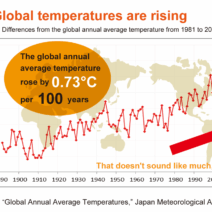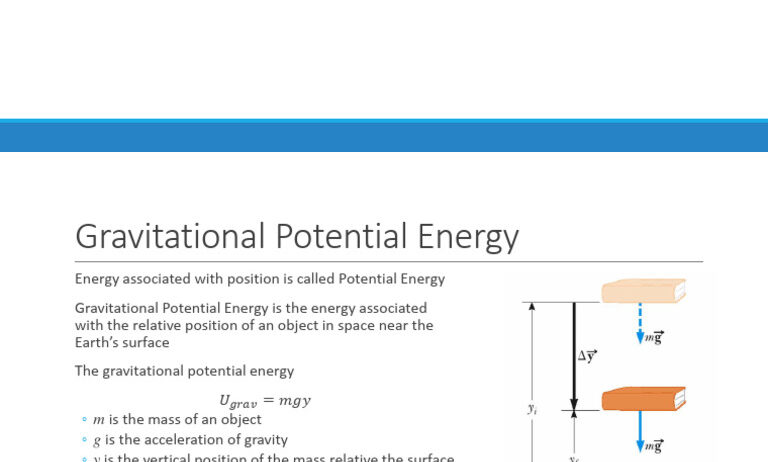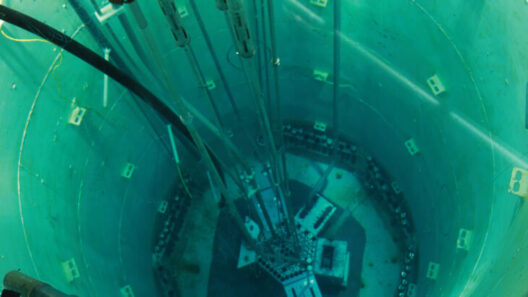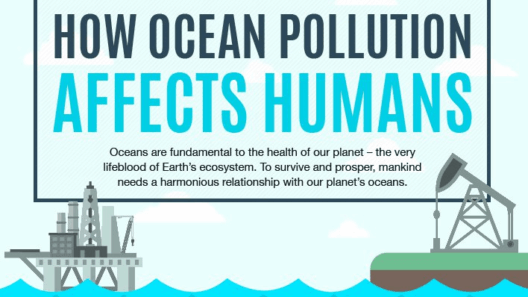Potential energy, a fundamental concept in physics, refers to the energy possessed by an object due to its position or state. A classic illustration is a rock perched at the edge of a cliff. Here, the rock’s position grants it potential energy, which can be transformed into kinetic energy if it falls. However, this leads to a pertinent inquiry: can potential energy actually be conserved in real-world systems? This question invites a multifaceted exploration of the various manifestations of potential energy and its implications in our everyday lives, as well as the broader context of energy conservation.
To grasp the notion of energy conservation, it’s essential to first delineate the concept of potential energy itself. Generally classified into gravitational potential energy, elastic potential energy, and chemical potential energy, each variety operates under distinct principles but shares a common thread—energy is stored in an object due to its position or composition. For example, when a compressed spring is released, the elastic potential energy converts to kinetic energy as the spring expands, propelling any attached mass forward.
Energy conservation in systems is a principle rooted in the law of conservation of energy, which asserts that energy cannot be created or destroyed, only transformed from one form to another. This law has profound implications across various domains, from mechanical systems to environmental processes. In a closed system devoid of external forces, potential energy can be conserved. Imagine frugal systems like pendulums or roller coasters, where potential energy at the peak of their arcs smoothly transitions into kinetic energy, demonstrating the inherent interconnectedness of energy forms.
However, when we transition to the complexities of real-world systems, the narrative shifts subtly. Environmental factors such as friction, air resistance, and thermal dissipation pose significant challenges to the pure conservation of potential energy. For example, in a roller coaster, the energy lost to friction with the tracks and air resistance leads to a reduction in the total mechanical energy available. Consequently, the efficiency of energy transformation diminishes, creating a conundrum: while potential energy may be present, its conservation in a practical sense is not absolute.
Consider the natural environment as a vast realm filled with dynamic systems where potential energy plays a pivotal role. Take, for instance, the hydroelectric dams that harness gravitational potential energy from amassed water in reservoirs. When the water is released, it flows downward, converting potential energy into kinetic energy that drives turbines, thereby generating electricity. This process is a commendable example of energy conservation, although, in practice, not all the potential energy can be captured due to mechanical inefficiencies and operational limits.
The challenge lies not merely in the inherent losses but in the opportunities that arise from our understanding of potential energy. When we imagine a scenario where potential energy is optimally harnessed and conserved, the implications ripple through societal constructs. Innovative technologies such as gravitational energy storage systems, which utilize large masses lifted to heights, echo the principles of potential energy. When these masses descend, the stored energy is converted to electricity, providing a sustainable energy solution that subverts traditional fossil fuel reliance.
Potential energy conservation also invites a deeper philosophical consideration with its environmental ramifications. As the world grapples with the energy transition towards renewables, understanding the essence of potential energy could lead to enhanced efficiency in energy systems. This paradigm shift amplifies the necessity for unconventional thought processes that embrace sustainable practices. Imagine urban landscapes adorned with vertical gardens or energy-generating building designs that exploit potential energy; the intersection of architecture, engineering, and environmental stewardship presents vast opportunities for redefining energy conservation in our daily lives.
Furthermore, the interplay between potential energy and kinetic energy is not a singular narrative. As ecological systems exhibit, the energy flow between various organisms adheres to principles akin to those of physics. The energy stored in plants through photosynthesis, for instance, becomes potential energy that sustains entire ecosystems. Herbivores consume these plants, converting the potential energy into kinetic energy for movement and growth, while predators subsequently tap into this energy cycle. A fundamental understanding of these interactions highlights how potential energy conservation is intricately woven into the fabric of life itself.
Nonetheless, the overriding consideration remains the quest for sustainability. Can potential energy be conserved as we advance into an age marked by environmental consciousness? The implications of effective potential energy utilization extend beyond mere efficiency; they envelop economic viability and ethical responsibility. As instances of renewable energy utilization increase, audacious visions for a sustainable future demand innovations to ameliorate losses caused by external factors.
In conclusion, while potential energy can indeed be conserved under stringent conditions in theoretical frameworks, the complexities of real-world systems often lead to significant energy losses. Yet, these challenges can act as catalysts, igniting a search for solutions that maximize energy efficiency. The exploration of potential energy conservation not only helps unravel the intricacies of energy transfer but also serves as a clarion call for an environmentally conscious mindset. Embracing curiosity and innovative thinking will chart the course toward a future where potential energy is not merely acknowledged but thoroughly harnessed and optimally conserved.








